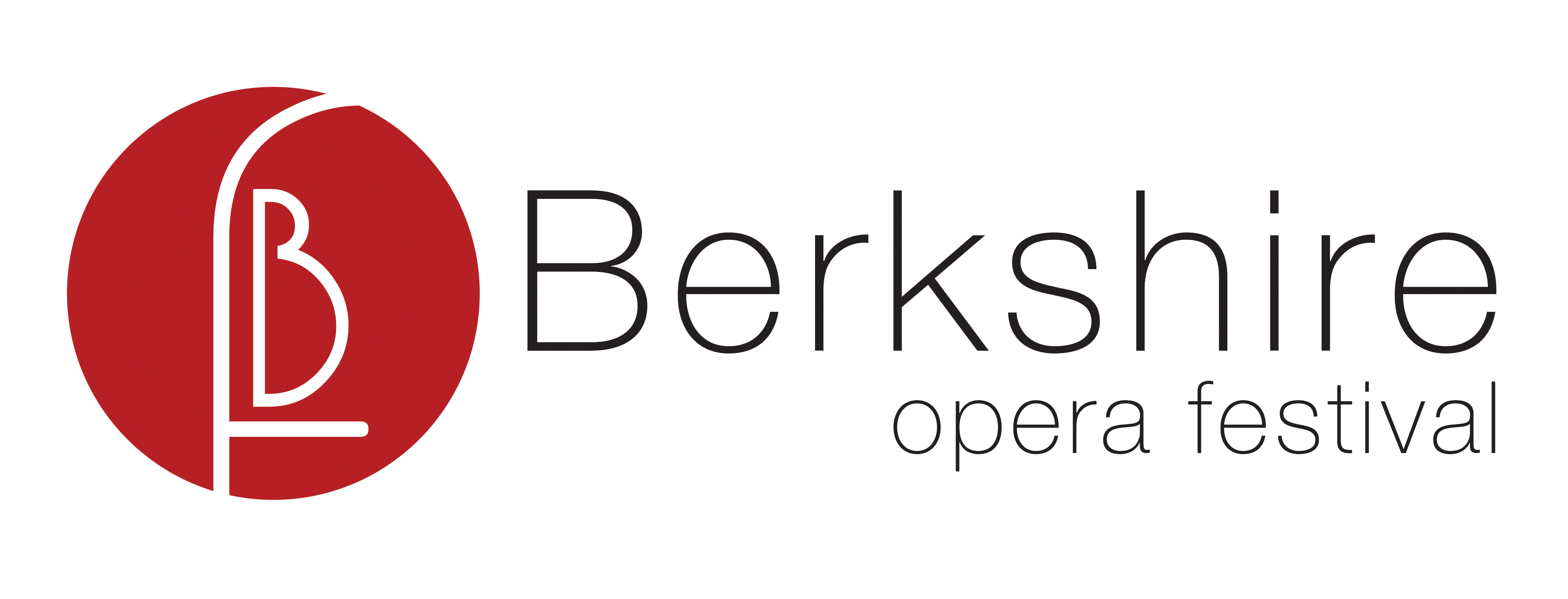ORIGINS OF FAUST: FROM GOETHE TO GOUNOD
- berkshireopera
- Jun 17, 2024
- 2 min read
Updated: Aug 12, 2024

Part One of Johann Wolfgang von Goethe’s Faust, the German legend of an aging doctor who sells his soul to the devil in exchange for youth and knowledge, sent reverberations throughout the world of literature, art, and politics with its publication in 1808. The tragic play, with its themes of morality, faith, heresy, love, lust, hope, and nihilism, has inspired a great deal of music throughout history. Composers including Hector Berlioz, Ludwig Spohr, Gustav Mahler, Franz Liszt, Arrigo Boito, and Ferruccio Busoni have sought to bring the story to life through music. However, no adaptation had as great of a career-launching effect as Charles Gounod’s opera of 1859, a melodic treasure trove which catapulted the French composer to international fame with its sensuality, humor, and drama.
Though the French libretto by Jules Barbier and Michel Carré follows the general plot of Goethe’s masterpiece, it eschews the original play’s length and philosophical sophistication, focusing on the romance of Faust and Gretchen (short for Margarete, or Marguerite in Gounod’s opera). Faust is a romantic tragedy that occupies a unique place in the great tradition of French opera. Originally scored in five acts, it is a grand opera of ambitious scale, featuring large chorus scenes, offstage elements, lavish orchestration, and special effects. The spoken dialogue that originally existed between musical numbers was later changed to sung recitative by the composer, and Gounod even added a ballet in the fifth act at the request of the Paris Opéra, a lengthy bacchanal that is often omitted in modern performances. A work descended from the tragédie en musique masterpieces of Lully and Rameau in the Baroque era, Faust was succeeded in the Romantic era by great French tragedies such as Bizet’s Carmen and Massenet’s Werther, also an adaptation of Goethe.
Like all great operas that have withstood the test of time, Faust’s popularity on contemporary stages endures because of its music. Its melodies are long and flowing, supported by a lush orchestration and rich harmony that stops short of the languor of another influential composer of Gounod’s generation, Richard Wagner. The beauty of Faust’s romantic lyricism is established from the titular tenor’s opening lines, and the opera goes on to feature a wealth of often-excerpted favorites, almost too numerous to name. These include Faust’s aria of breathless love, “Salut! Demeure chaste et pure;” Méphistophélès’ gleefully menacing “Le veau d’or;” Marguerite’s elegant “Jewel Song;” the rousing Soldiers’ Chorus; and a trio of climactic intensity in the opera’s unforgettable final scene. The centrality of Marguerite and her liaison with Faust earned the ire of German audiences and presenters, who retitled the work Margarethe to distance it from Goethe’s German epic. Indeed, as Marguerite ascends to heaven at the opera’s conclusion, we realize the timelessness of a soprano role that overcomes devilish subjugation to find salvation.
by Artistic and Education Coordinator Geoffrey Larson
Image Credit: Detail of Johann Heinrich Wilhelm Tischbein, Goethe in the Roman Campagna 1787, oil on canvas.
